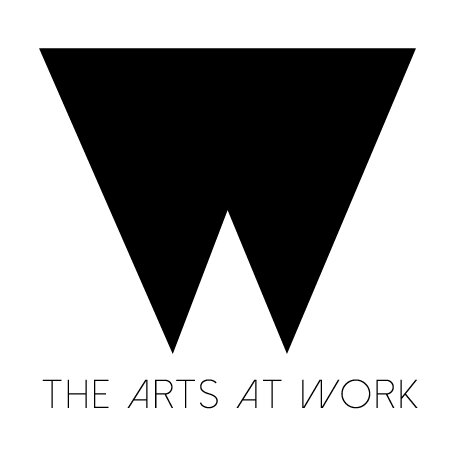Part Three of our series on Art, Technology and the Internet of Things continues to highlight ways in which inclusion of the arts (or the artistic point-of-view) within the Internet of Things can address technology's shortfalls.
Collaboration as Means to Avoid Miscommunication
As its ability to convey nuance is limited, our increasing use of technology has contributed to fissures due to misunderstandings and fractured interactions between people. As the arts and culture are the original means through which we communicate complex ideas, increasing their presence within technology may provide access to diverse perspectives, advance understanding, and strengthen the sense of community throughout the worldwide web.
- By helping us to unravel symbols, the arts and culture encourage the development of greater understanding of the inner workings of the world.
- The arts and culture encourage observation with all senses, as well as with heart and mind, and transcend language and culture, to connect people fundamentally.
- The implications for combining code and pixels with metaphor, rhythm, beat, etc. carry the potential to create both immense beauty and forge previously uncharted bonds.
- The arts and culture’s focus on universal truths facilitates cross-cultural translation. Specifically, it can deepen sharing across platforms and boundaries. This will enable increased empathy for those who are different from ourselves, provide opportunities for collaboration and facilitate understanding of issues foreign to our immediate experiences.
- Data may be interpreted into stories. Stories facilitate understanding and there are no better storytellers than artists.
Collaboration as Means to Discourage Feelings of Isolation
The online world has exponentially expanded the social circle of the average individual, yet many of us feel alienated, despite maintaining hundreds of friends and attracting dozens of followers. The arts and culture can help us to build authentic connections, in a world filled with those that are superficial.
Creativity and imaginativeness are not the exclusive provenance of artists. However, it is artists who traffic in the certain uncertainties of life, and whose work has the ability to heal, connect and decipher matters of heart and soul. Our talismans, the song, the scene, the sonnet can successfully cure, strengthen and guide us through adversity and uncertainty in ways that the sciences and technology cannot.
- Technology can bring people to a place, while art and culture find ways to fundamentally connect the people within a place.
- Art and culture link not just to something, but profoundly to our emotions and to one another.
- The incorporation of an arts/culture perspective into technology may encourage people to start showing up for one another, instead of just showing off to one another on social media.
View Part 1 and Part 2.
Photo by KingJC/iStock / Getty Images




